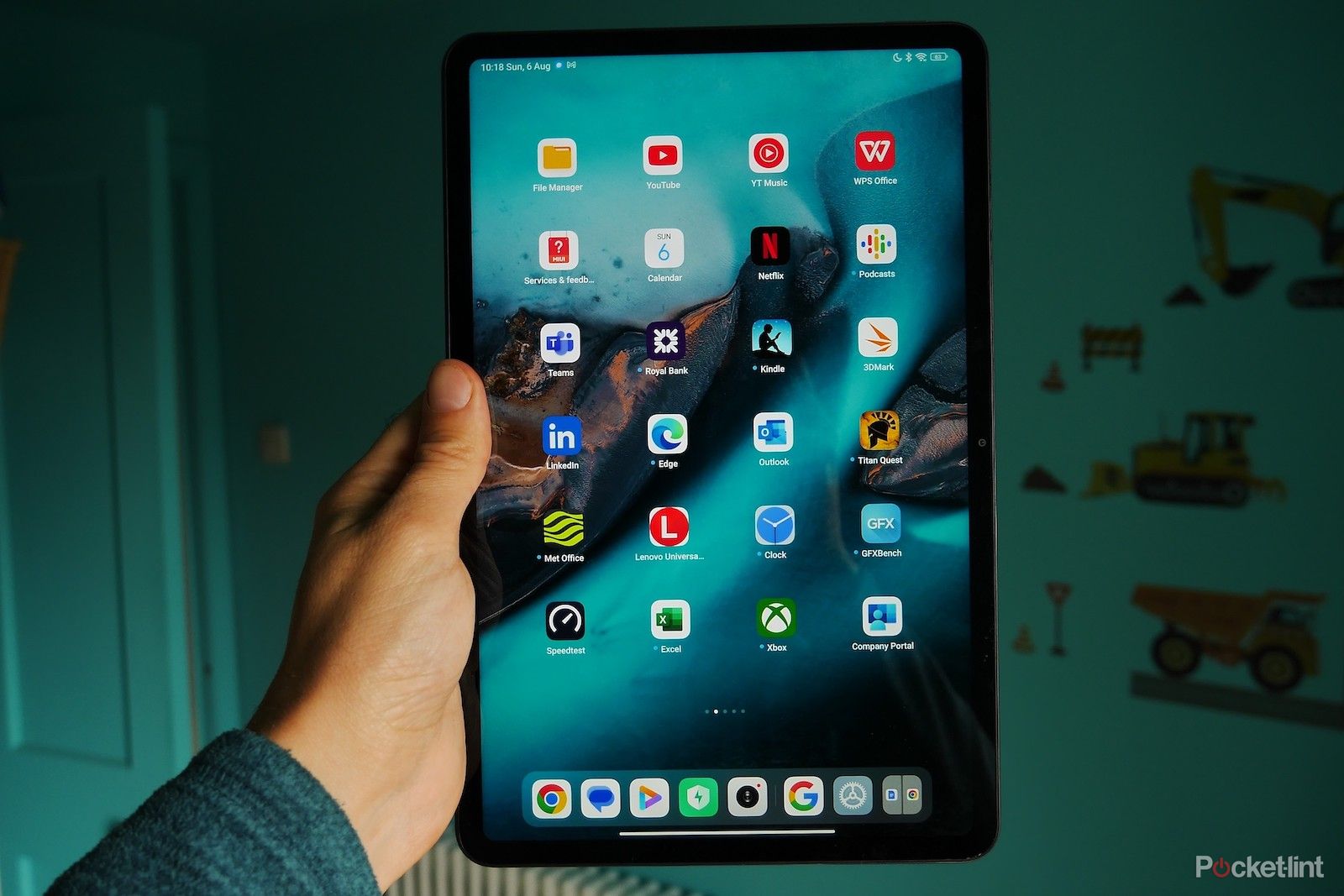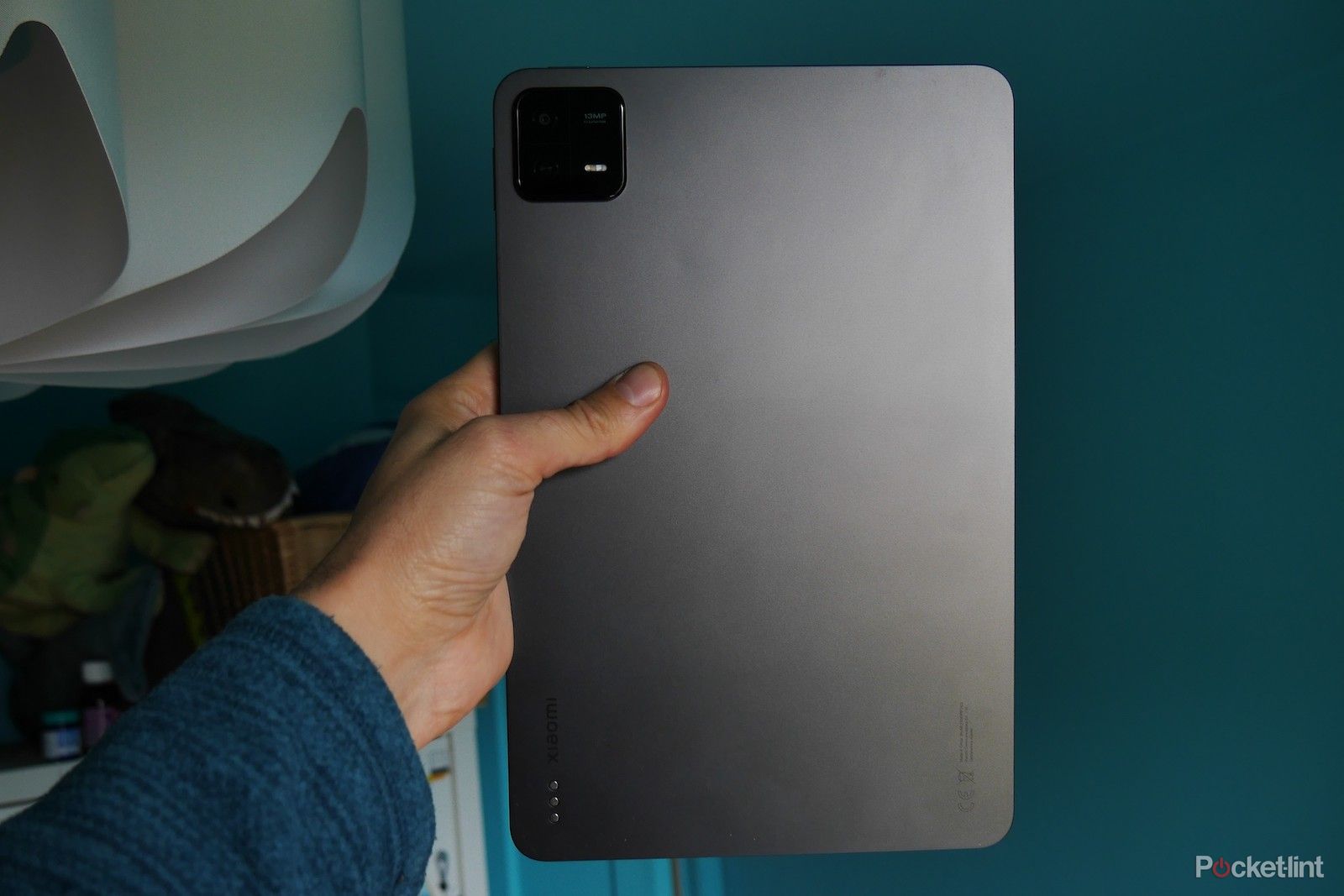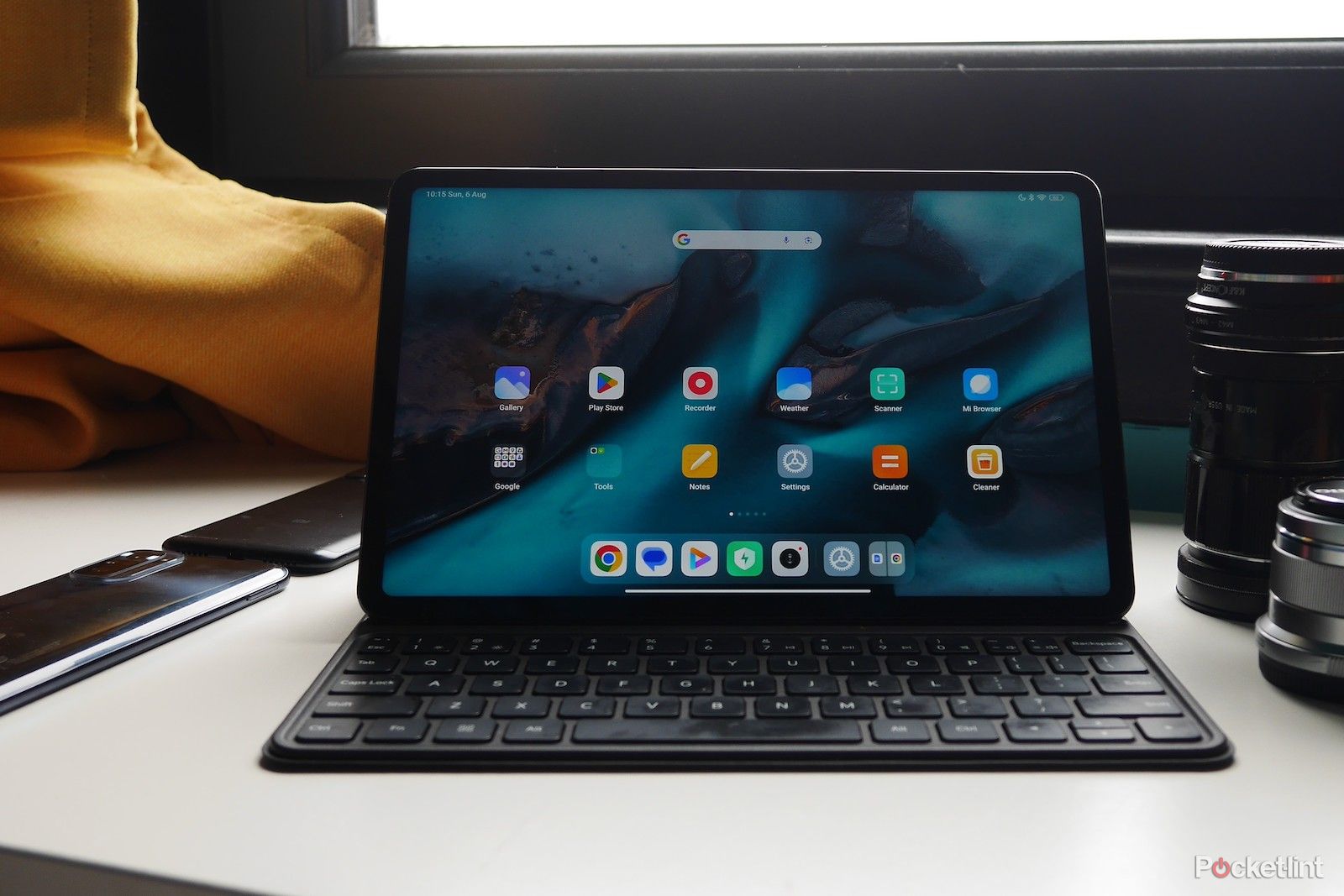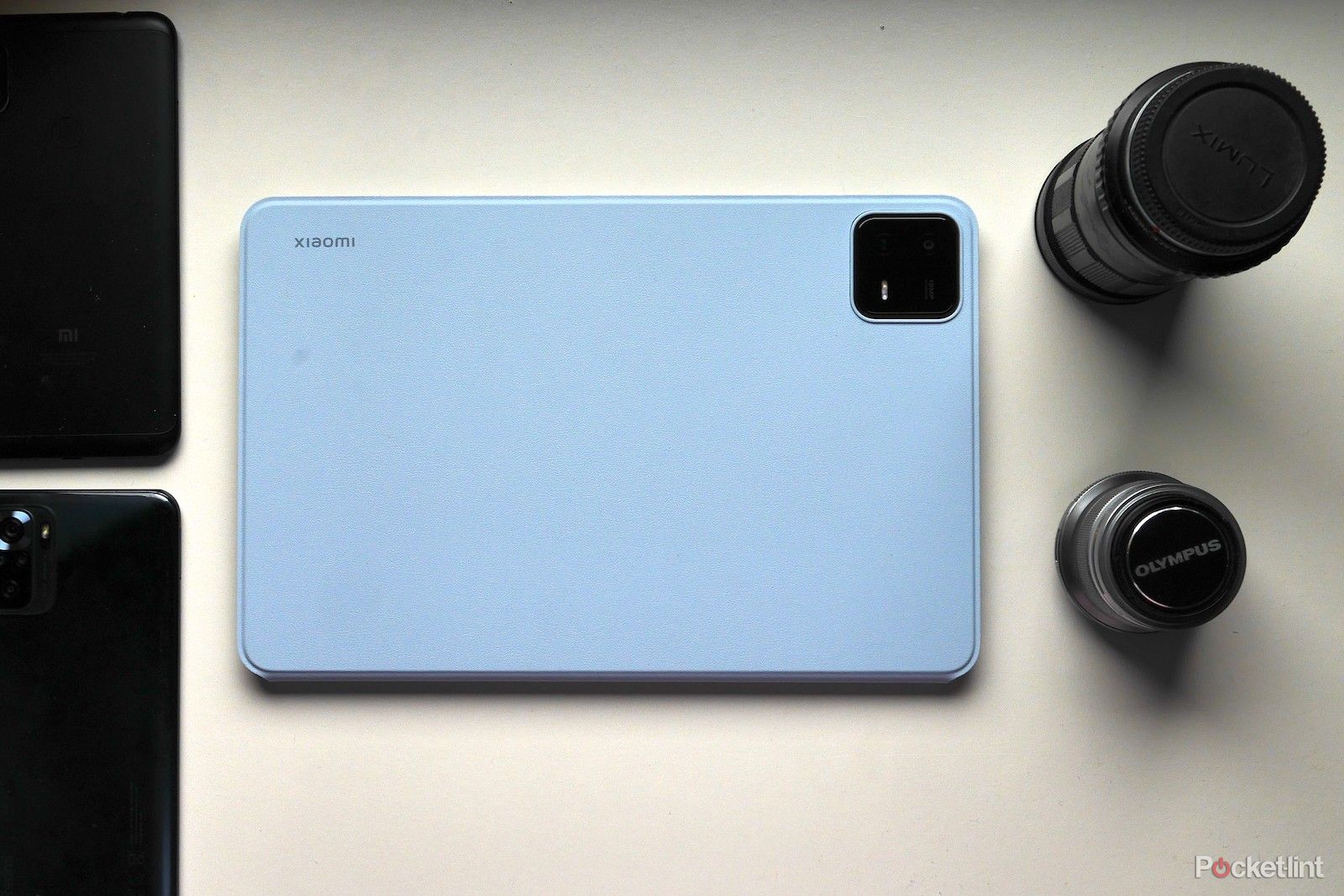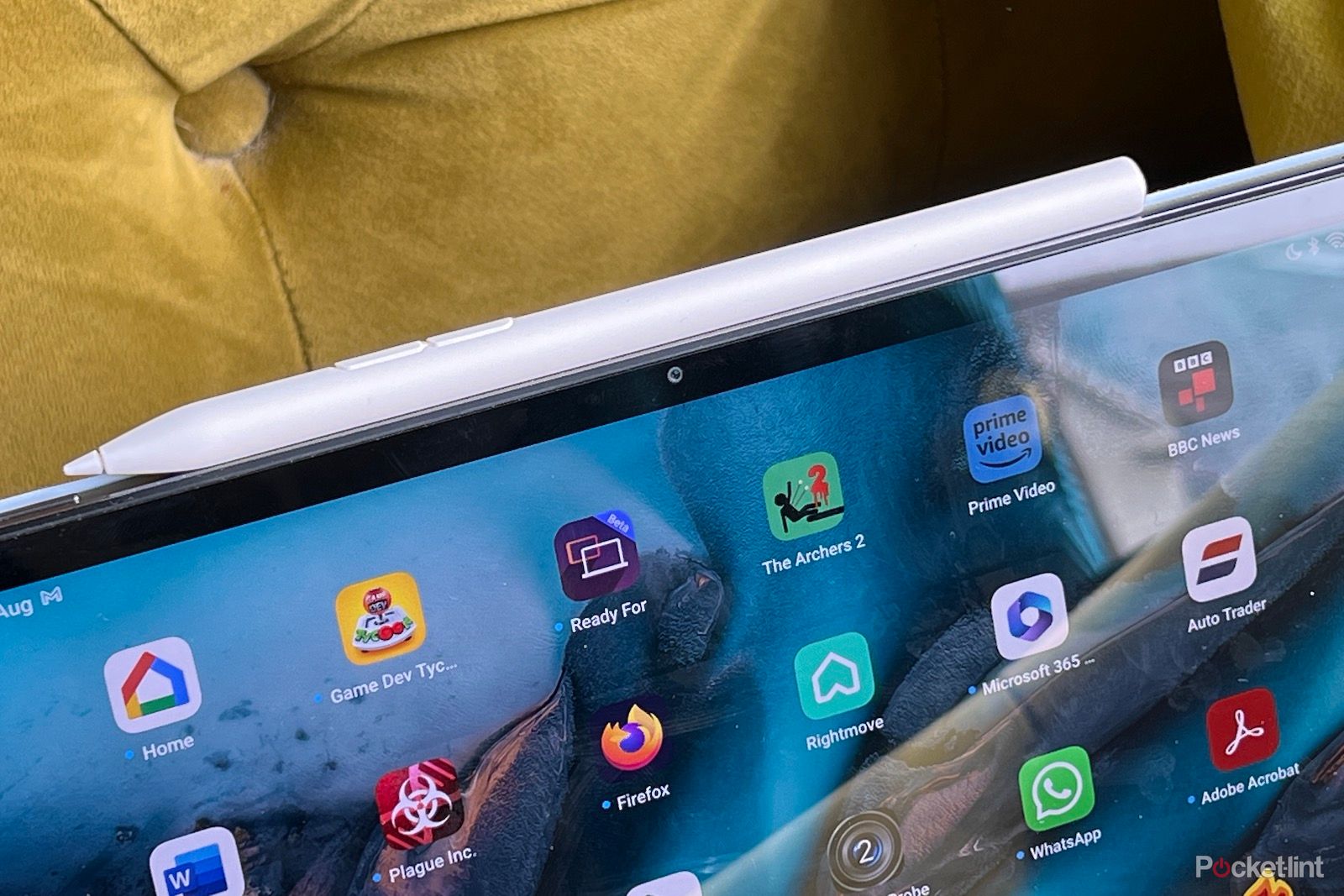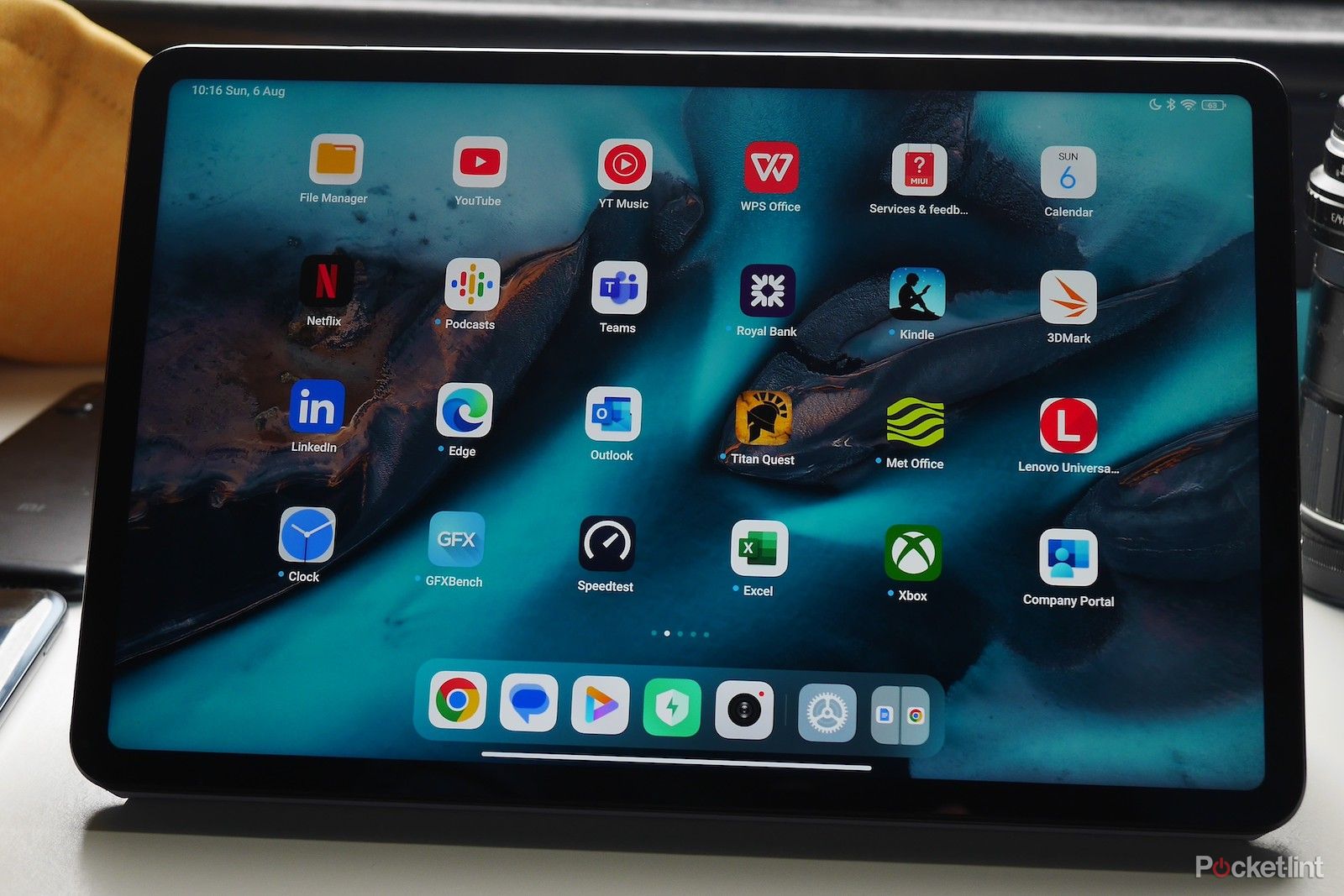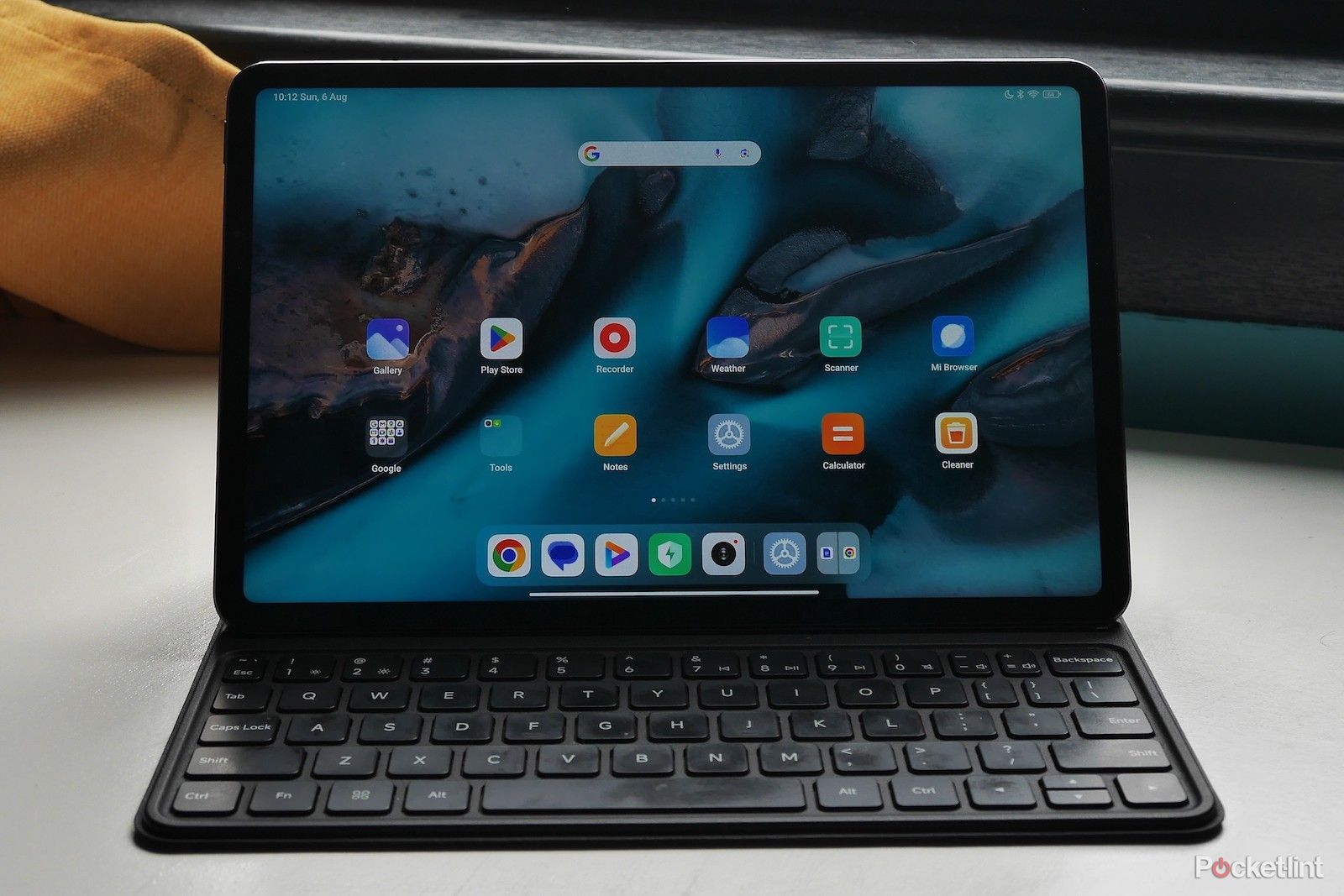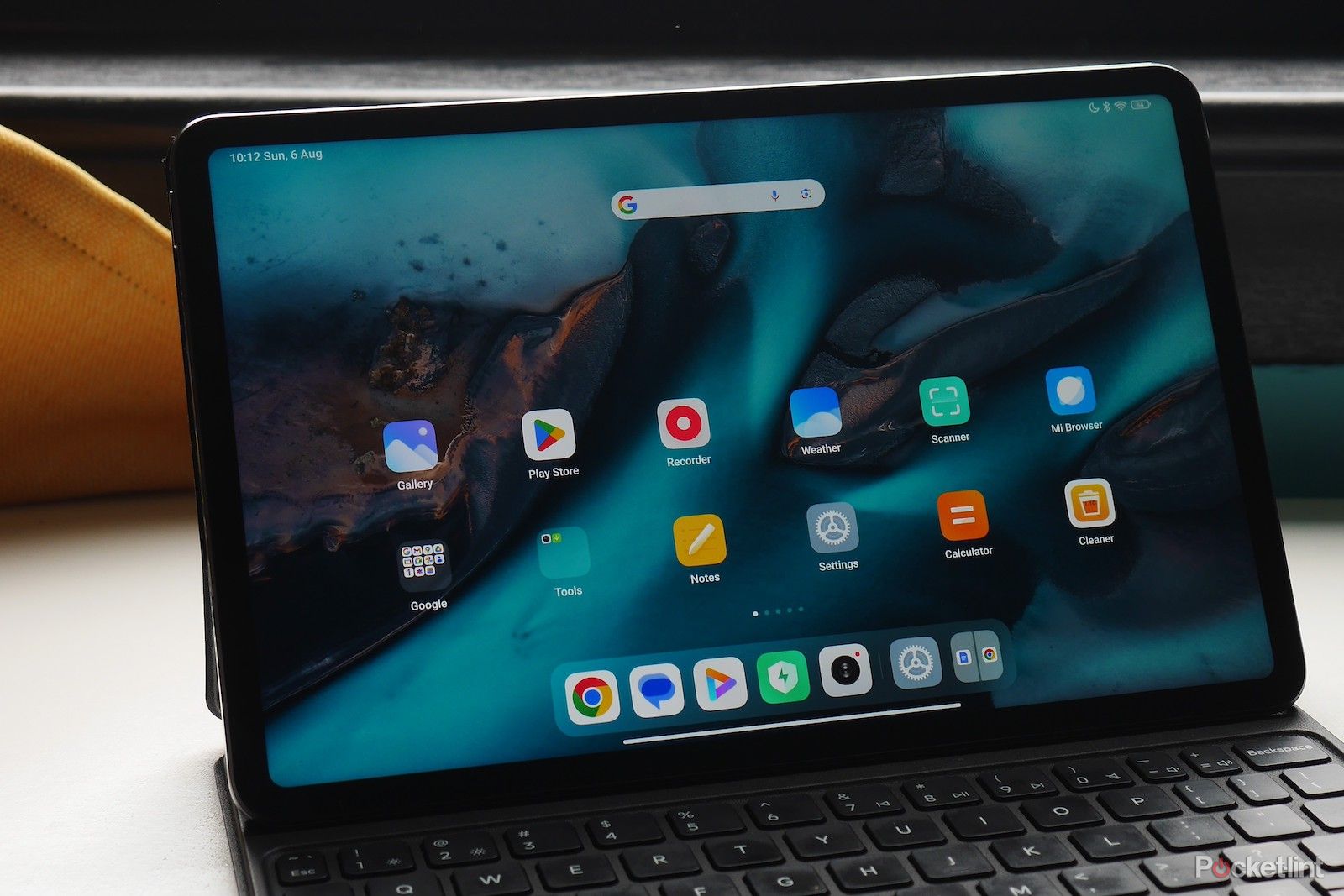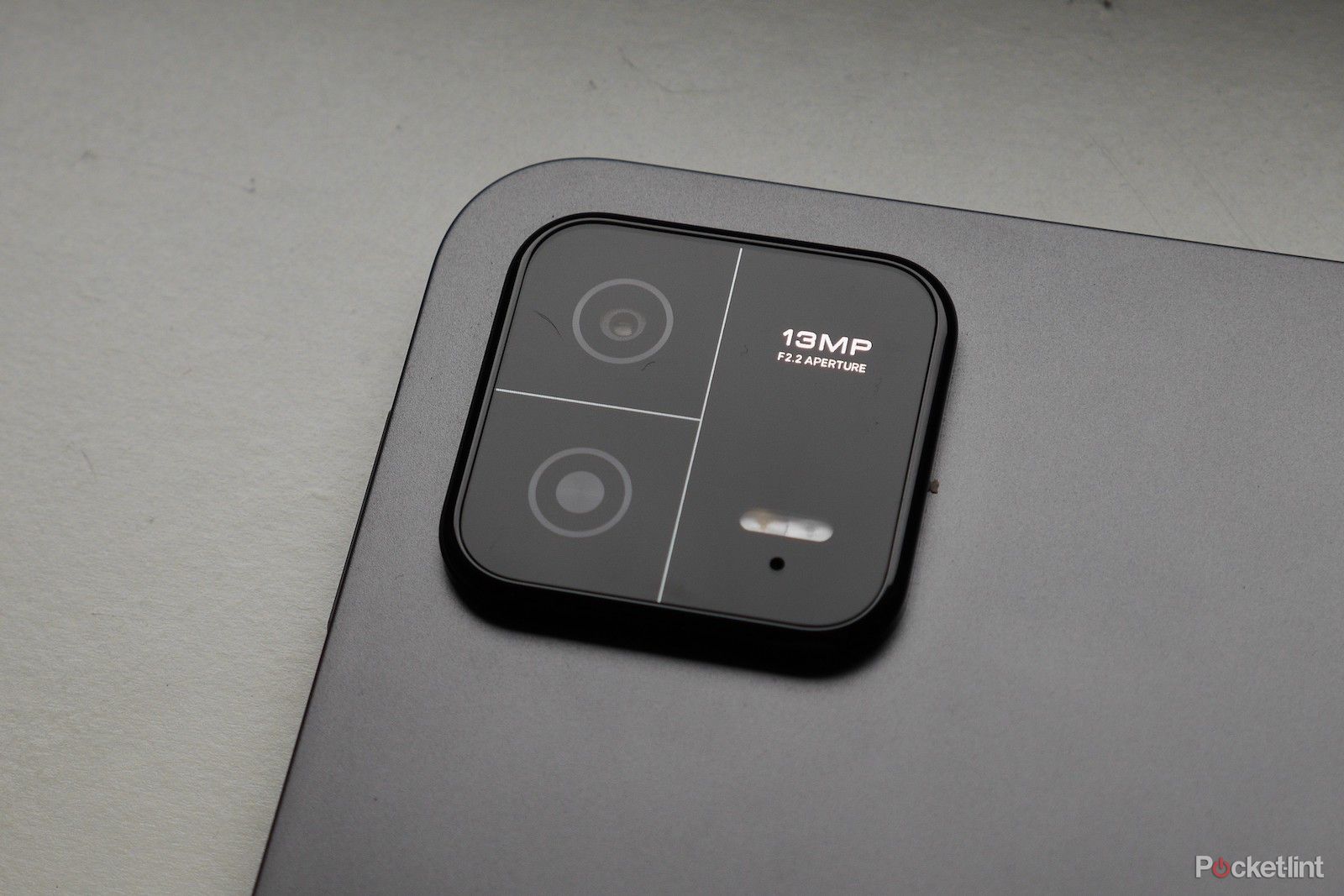After years of largely relying on releases from Samsung and Apple for our tablet fix, more and more other manufacturers are getting serious about claiming their share of the market, especially at the more affordable end.
Xiaomi is one of those brands, and its entry for 2023 is the Pad 6. This is a mid-range offering that, true to Xiaomi, has an impressive list of specifications, including a 144Hz screen, a Snapdragon 870 processor, and a suite of features and accessories that make it appealing for everything from gaming to productivity.
It isn't short of competition, though, with the likes of Realme, OnePlus and Oppo offering keenly priced powerful tablets of their own. So does the Xiaomi Pad 6 do enough to deserve your attention? Read on for my full review.
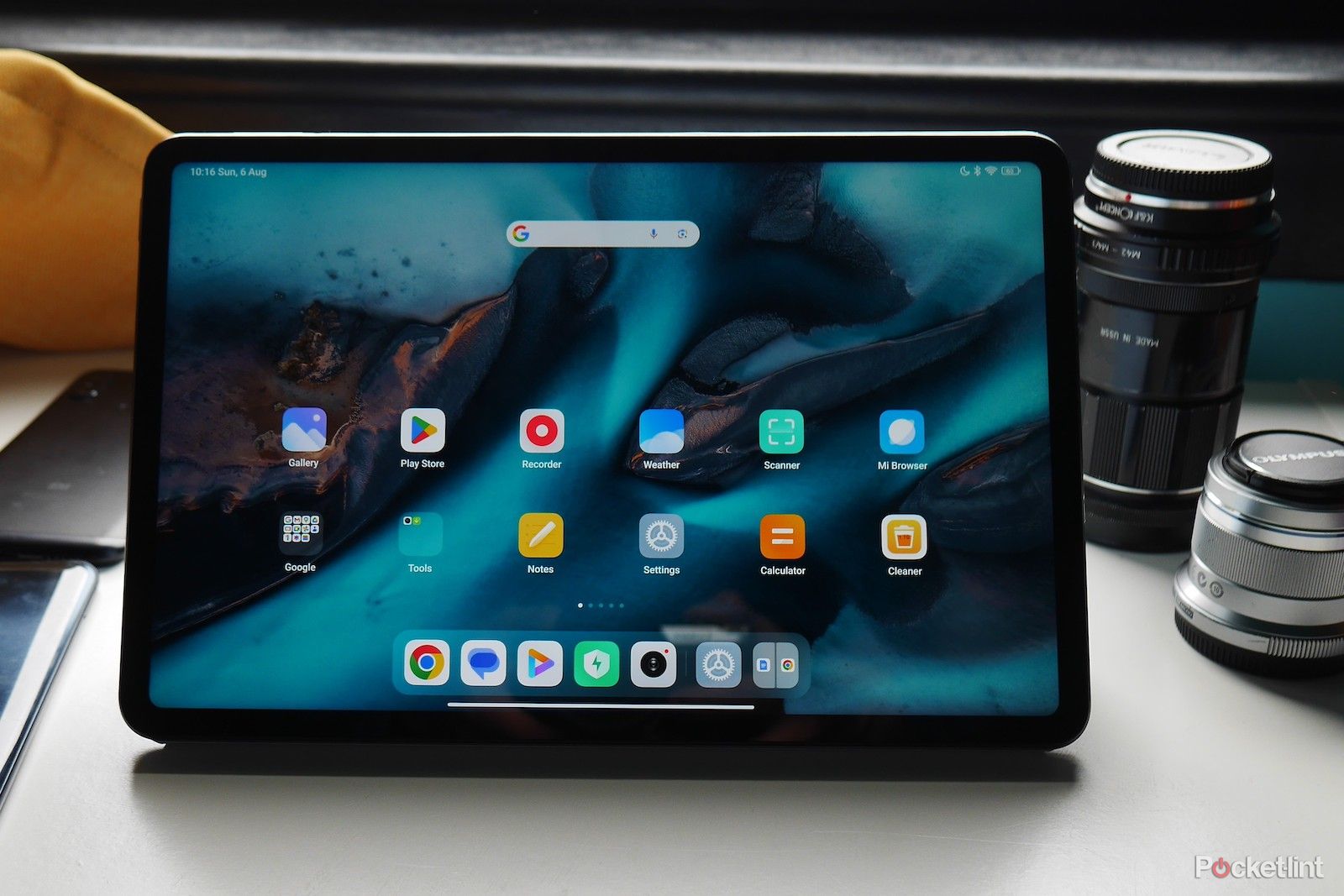

Xiaomi Tab 6
The Xiaomi Pad 6 is a star of a mid-range tablet, with a lovely screen, powerful performance, strong battery life and capable cameras. It does everything you might need a tablet to do, and with aplomb, for that it earns our recommendation.
- Great display
- Powerful processor
- Surprisingly good camera
- No second screen capability
- No biometric security option
- Some ads in the software
Design
- Dimensions: 254 x 165.2 x 6.5mm
- Weight: 490g
- Three colours to choose from
- Folio case included (stylus and keyboard case available separately)
When I first picked up the Xiaomi Pad 6, one thing was clear - a certain Apple tablet looks to have been a major design influence. Though not quite identical to the iPad Air, it's pretty close, and while this isn't necessarily a bad thing of course, it doesn't really turn heads in the way that an original design might have.
This minor criticism aside, the Pad 6 makes for a great first impression, being weighty in a premium way and feeling generally sturdy. With minimal bezels it looks every inch the modern device, and at least worth the price of entry at $470/£369.
There are three colour options are available: Gold, Gravity Grey and Misty Blue. The Gravity Grey colourway was the device reviewed here, and while it's not exactly going to turn heads, it is classy and office appropriate. Competitors like the Realme Pad, the OnePlus Pad and the Oppo Pad Air only offer a single colour each, so this versatility is appreciated.
The frame of the Pad 6 is constructed from aluminium, as is the rear, while the front display is covered by a panel of Gorilla Glass 3. The back panel holds a single camera and its considerable bump, while controls are confined to a simple volume rocker on the right hand side, and a power button along the top (when held in portrait).
A slightly disappointing omission from the Pad 6 is any kind of biometric security option, so there's no secure face recognition or a fingerprint sensor, The camera can be used to detect your face to unlock your device, but this isn’t secure, so if you use your banking app on the tablet you will need to use a PIN to authenticate it. That's hardly a deal breaker but it is just a reminder of the level of tablet you are dealing with here.
On the back there are a set of pogo pins, which allow the Pad 6 to connect to its first optional accessory, a keyboard case. This attaches magnetically and locks into one position, which I found limited its usefulness outside of certain specific situations (i.e. when away from a table). However, the keys themselves are well spaced and have good travel, and although there's no trackpad, this isn’t an issue with a touch-first device like a tablet. Overall, especially given its lightweight and slim profile, the case is a win, but could have been given a little more versatility in its hinge position.
The case that's included with the Pad 6, however, is a folding folio case, making it easier to prop the tablet up to watch shows. This again attaches magnetically and works as you would expect. As something that most people would end up buying regardless, it's nice to see it in included in the box, especially as other manufacturers are trying to figure out what they can remove rather than add.
On the top of the Pad 6 is an interesting inclusion - a magnetic charging point for the Xiaomi Smart Pen (2nd gen). Another separate purchase (around $89), this has 4096 points of pressure and a 150 hour battery life. It can be used for drawing or taking notes and, from my experience, has minimal lag.
It connects via Bluetooth and has two buttons, one which can launch the notes app, and another which can be used to make quick screenshots. It's well made and budding artists and note takers will find it a useful addition to an already versatile tablet, but it isn't an essential purchase by any means.
Display
- 11-inch IPS LCD display
- 2880 x 1800 resolution
- 144Hz refresh rate
The screen on the Pad 6 offers up a pretty impressive spec list, with a 144Hz refresh rate, support for Dolby Vision HDR and up to 550 nits of brightness.
In use, the screen holds up to its marketing hype too. It's fast and fluid, which keeps the tablet feeling the same while using it. HDR content looks great, giving extra pop to highlights, and at 2880 x 1800 pixels it has enough resolution to keep content looking sharp and detailed.
That's a lower resolution than the OnePlus Pad by just a smidge, but the Pad 6 otherwise equals and bests the likes of the Realme Pad and the Oppo Pad Air, and certainly holds its own against the competition in use too.
What some might include as a mark against it is the use of IPS tech for the screen rather than OLED, which might have offered better brightness, contrast and touch more pop in the colours. However, IPS displays are not unusual when affordability is a factor for consideration, and I found I didn't really miss an OLED screen anyway. The Pad 6 offers strong, accurate colours, and it gets bright enough for anything you might want to do (save for watching videos in the strongest summer sunlight).
At 11 inches it straddles a great balance between big and small, being just about big enough for work but small enough that it was comfortable to read on - there's a reason Apple's iPad settled around the 11-inch mark, after all.
Performance and hardware
- Runs MIUI with some productivity add-ons
- 6/8GB RAM, 128/256GB of storage
- Snapdragon 870 processor
Xiaomi is known for packing plenty of performance into affordable devices - we've seen it in its smartphones, and it's the case here.
The Pad 6 boasts either 6 or 8GB of RAM, a minimum of 128GB of storage and a Snapdragon 870 processor. The chip is one from last year, but it remains a belter and keeps things running smoothly in every day use
The only competition that comes close to this chipset is the OnePlus Pad, which boasts a MediaTek Dimensity 9000 - but both perform at roughly an equal level.
Basic tasks like swiping through the interface, emailing, browsing or anything else you might do on a standard day were quick and fluid, as you might expect. What I didn't expect was a solid gaming performance, but that's what the Pad 6 delivered.
At the highest graphics settings activated on the likes of PUBG the tablet got a little hot, but it managed to keep a playable frame rate, which is far from a given, especially at this price point.
It's great for productivity too. Xiaomi has not only equipped the pad with the optional work-ready accessories mentioned above, but also interesting conferencing features and proper multi-window support too.
Using it as an accessory device (I found the 11-inch screen too cramped for effective multi-tasking), taking calls and sending teams messages throughout the day, and for editing documents it barely broke a sweat. I could imagine this being an interesting device for people who travel regularly and work from trains, where the small size would be a virtue.
However, one knock against the Pad 6 is the implementation of multi-window support. Although when activated it works well, the process of getting there is a little complicated. On the likes of Lenovo Tab P11 Pro (2nd Gen) all it takes is a tap of the floating 'three dot' menu, but here it requires four or five taps. Hardly a deal breaker, but it's a little more effort than required elsewhere.
The suite of conferencing features include FocusFrame, which keeps you centred when you move - a bit like Apple's Centre Stage - and beautifies you on video calls. I had expected to find issue with the latter in particular, but it turns out that some extra 'help' on a Monday morning goes a long way.
What I found myself missing was the ability to use the tablet as a second display for a PC, either wired or wireless. The likes of the Nokia T21 offer this and it comes in handy in many situations, especially when working with two spreadsheets.
Moving on to MIUI, the software on the tablet, and the picture is generally positive. Against its general habits, Xiaomi has exercised restraint with the Pad 6, and it serves up a fairly intuitive experience that isn't too heavy handed.
There are a few niggles. I found the browser to be particularly annoying in its quest to serve ads in the notifications, and the iOS-style separation of controls and the notifications to different sides of the screen jars a bit, but the overall experience was pleasant.
Another pleasant surprise are the four stereo speakers, which support Dolby Atmos and offer a full and detailed sound that enhances every movie and TV show pleasantly. They aren't quite enough to fill a room, but they did a great job for their intended purpose, making the Pad 6 a great second screen. They even managed to achieve a semblance of a stereo separation.
Battery life and camera
- 8,840 mAh battery
- 33W fast charger included in the box
- 0-100% in roughly 1 hr 40 min
When it comes to battery life, there are benefits and drawbacks to the approach taken by the Pad 6. Although a big, bright, fast screen and a powerful processor are both nice additions, they are battery hogs, so the concerns were there that this would impact the tablet's longevity.
Thankfully, I was pleased to find that my concerns were unfounded, and that the Pad 6 is capable of a pretty good battery life.
Working across a standard 16-hour day, reading in the morning, using the tablet for Teams calls and emaila across the working day and then for watching video in the evening, by 9pm it had 23 per cent left in the tank. This suggests that it should have enough power for most people to make it through a full day, with lighter users finding it with plenty left to go into a second day.
This was with at least half brightness and the 'auto' setting activated for screen refresh rates, allowing the device to pick what it thinks is best in the moment to save battery.
When the time comes to charge up, thankfully fast charging is available, and a charger is included in the box. At 33W it isn’t the fastest on the market, but 30 minutes of charging can still top it up to around 40 per cent on average, with a full charge taking around an hour and forty minutes. Given the size of the 8,840mAh battery, that's no mean feat.
The camera situation on the Pad 6 is quite interesting. Typically there isn't a lot to say about cameras on tablets, as while there may be the odd person using them as a primary photo device, they are in the definite minority - and that shows in the effort put into what's on offer.
Things are a little different with the Pad 6, though. It isn’t a tablet that’s trying to redefine tablet photography, but the results here are better than I'm used to seeing.
It has a single 13MP f/2.2 camera on the rear, and an 8MP f/2.2 selfie sensor on the front. There's no optical image stabilisation or other bells and whistles that smartphones include, but image quality has still been a very pleasant surprise.
The very heavy caveat here is that - of course - I'm looking at this in a tablet context. But colours were nicely saturated and punchy, there's enough of detail in most images and the HDR mode worked well to bring back detail in scenes with difficult lighting.
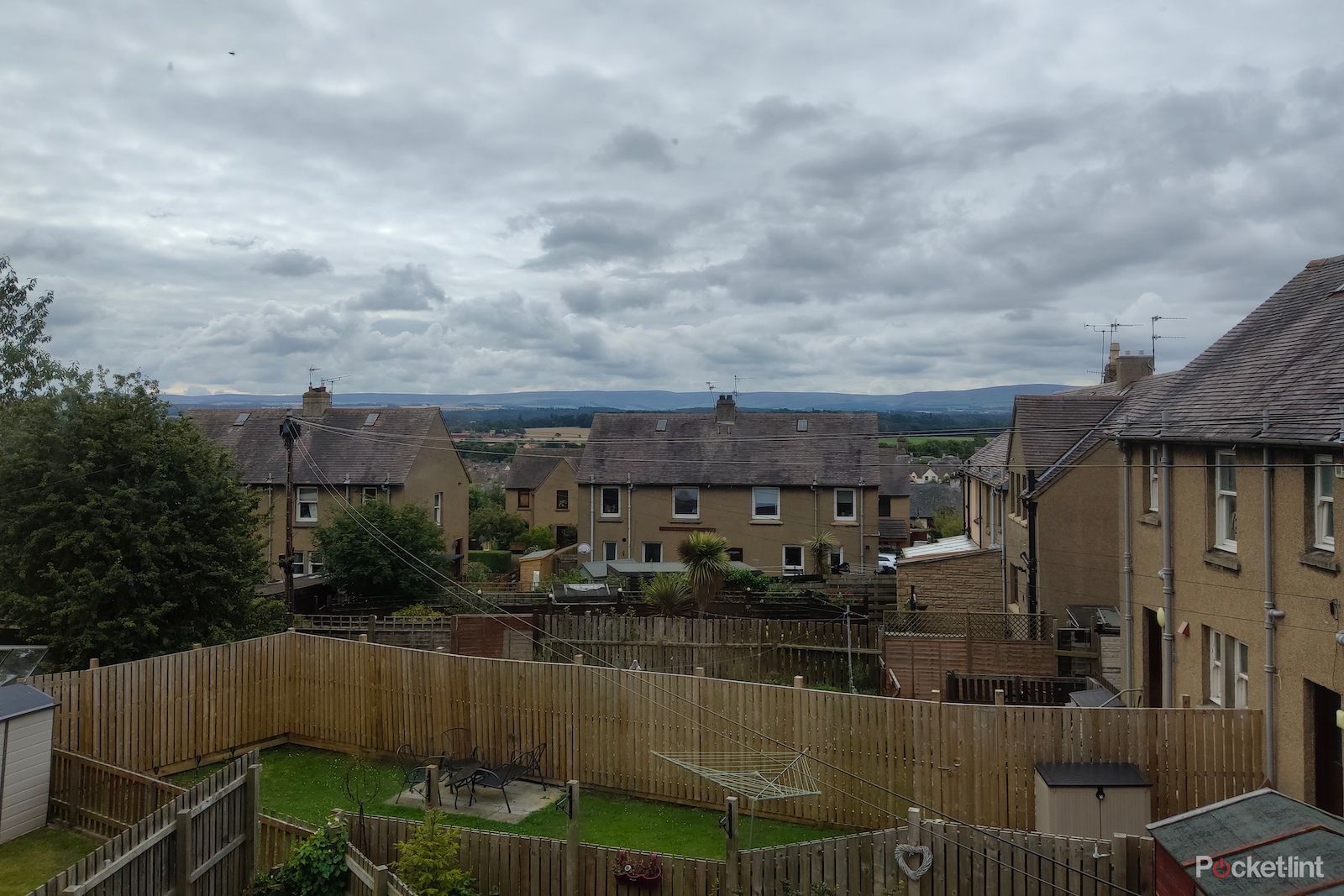

Perhaps the biggest surprise was the night mode. This did what it said on the tin, improving low light shots significantly - and the fact a tablet can take passable low-light photos is one of the biggest tech surprises I've had in recent years.
Though it won’t unseat the results from a premium smartphone, the Pad 6 has enough photographic oomph to work in a pinch, and that's more than most tablets can say.
Conclusion
Xiaomi is known typically for two things: powerful devices on a budget and often overbearing software. The Pad 6 turns this on its head, and not only does it offer lots of performance at a relatively low price, but it does so with laid-back, considerate software too.
In addition it has a great screen, strong battery life, a good camera and speakers that boast full, detailed sound. It does almost everything you might need a tablet to do, and at a cost almost half that of an iPad. If you are married to the idea of investing in Apple's slate, or you want to spend a little less, the Xiaomi Pad 6 is well worth a look.

